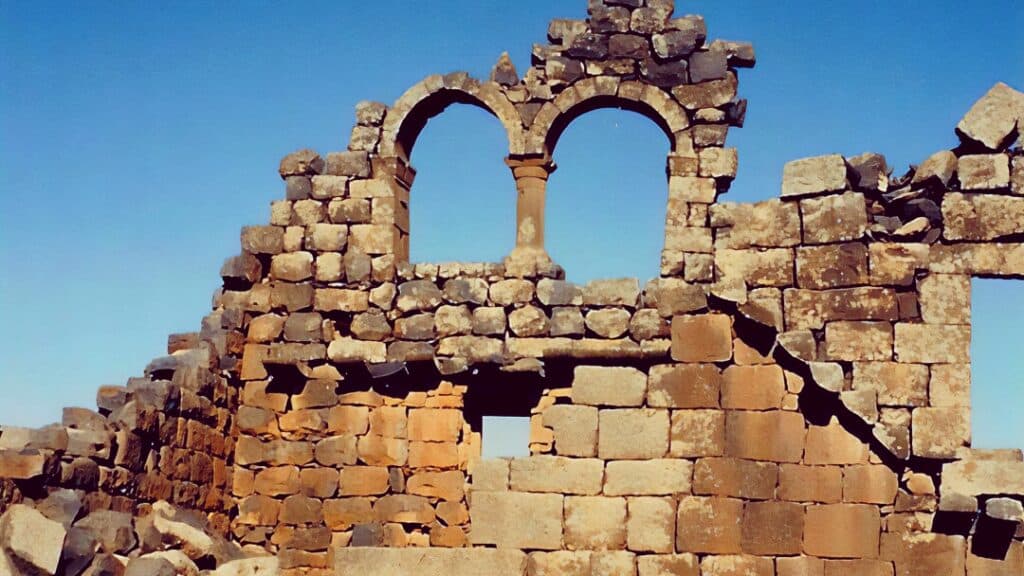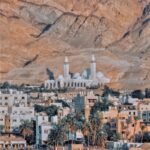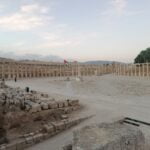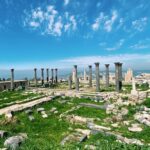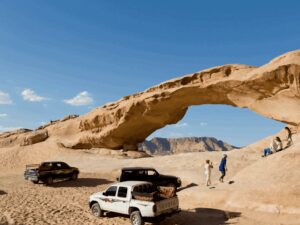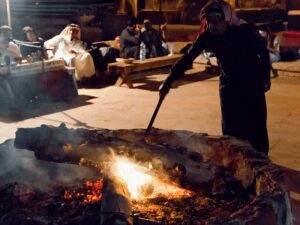Exploring Umm El Jimal: History, Economy, and Environment
Umm El Jimal is a small village in northern Jordan. It is about 86 kilometers from Amman and close to the Syrian border. The village is famous for its old history, local economy, and environmental challenges.
Ancient History
Umm El Jimal has a long history. It started during the Nabatean, Roman, and Byzantine times. People call it the “Black Oasis” because the buildings were made with black volcanic stones. The village was on the Trajan road, which connected Amman to Basra and Damascus. This made it an important place for travelers and trade between Palestine and Jordan.
Old Buildings
The village has old buildings from Byzantine times. These ruins, made of black volcanic stones, are still in good condition. They show how people long ago were skilled in building. Many tourists visit Umm El Jimal to see these ancient structures.
Farming
Farming is very important in Umm El Jimal. The land is good for growing crops, and the weather helps farmers. Many people work in farming, which brings money to the village.
Animals
People in the village also raise animals like sheep and goats. These animals give food, milk, and help in farming by making the soil better.
Shops and Markets
Umm El Jimal has many small businesses. There are supermarkets, pharmacies, bakeries, and clothing stores. These shops provide what the villagers need every day and help the local economy.
Tourism
Many tourists come to Umm El Jimal to see the old buildings and learn about its history. Tourism creates jobs and helps other businesses like hotels and restaurants.
Weather
The village has hot summers and cool winters. It only rains a little, about 150mm each year. Climate change is making the weather hotter and there is less rain.
Water Problems
Because of less rain, Umm El Jimal has big water problems. There is not enough water for drinking or farming. The village also does not have a system to manage wastewater, which makes the problem worse.

